Emerging and industrialized countries rely on trucks, trains, ships, and airplanes as primary means for transporting and circulating goods. The trucking industry, in particular, handles the transportation of a wide range of products, including consumer goods, passenger vehicles, and hazardous materials.
Many companies provide logistics and supply-chain management services, facilitating quicker and cheaper deliveries to various destinations.
In the United States, trucks account for the majority of freight movement. This (freight trucking) industry employs over 8.5 million people, and the number of local freight trucking companies is increasing year over year.
In general, the US trucking industry can be grouped into three main categories:
- Full truckload carriers haul vast amounts of homogenous cargo
- Less-than-truckload carriers transport objects that are bigger than parcels but not large enough to fill an entire container or semi-trailer
- Courier sector handles the delivery of parcels and small and light goods
Below, we have featured the largest trucking companies in the United States, along with their business model and revenue.
Did you know?
More than 85% of firms in the US long-distance freight trucking industry are owner-operators. Nearly 95.5% of US carriers operate 10 or fewer trucks, showing how fragmented the market is. As a result, even the largest companies control only a small share of the industry.
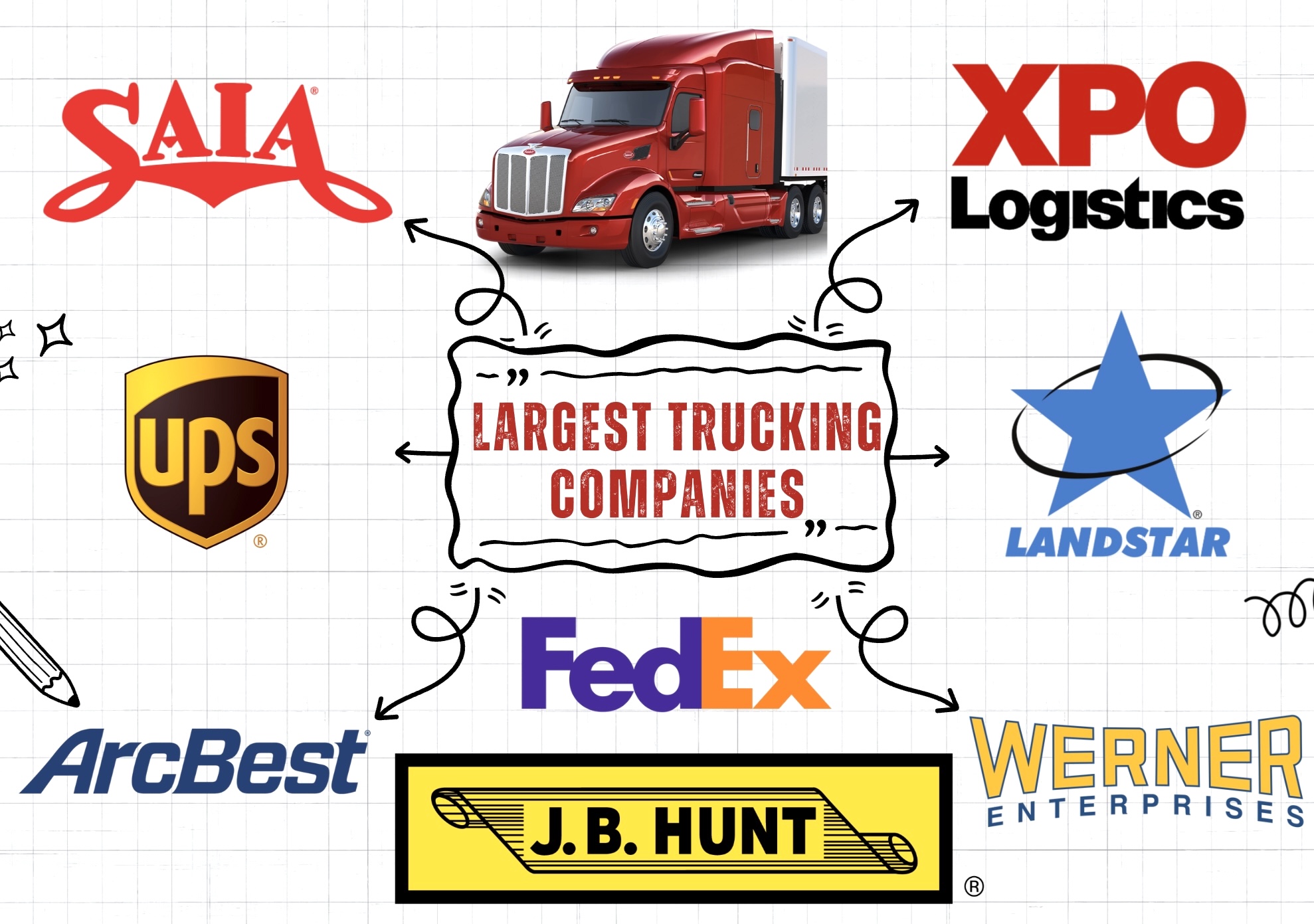
Table of Contents
16. TForce Freight
Founded in 1935
Headquarters: Richmond, Virginia
Annual Revenue: $816 million+
TForce Freight is committed to making LTL shipments easier and faster. It provides services in the United States, Canada, Mexico, Puerto Rico, Guam, and the US Virgin Islands.
Unlike most other trucking corporations, TForce Freight offers flexible pricing for unique shipping needs. One can easily compare rates side-by-side and view shipping details on the official website.
They have shifted focus toward small- to medium-sized accounts, stepping back from larger, unprofitable accounts. The company is also upgrading its IT systems, modernizing linehaul software.
TForce has more than 200 facilities across North America, and its fleet comprises over 6,700 tractors and 22,000 trailers. It also uses advanced technology to process and track shipments and reconcile billing.
15. Estes Express Lines
We’ve moved our Modesto and Stockton terminals to a new facility! Our new location in Tracy will grow our capacity in the region by increasing our number of doors to 167 and increasing our dock space to 100,000 square feet. pic.twitter.com/Z1jeODhs5G
— estesexpress (@estesexpress) June 30, 2025
Founded in 1931
Headquarters: Richmond, Virginia
Annual Revenue: $5 billion+
Number of Employees: 24,300+
Estes Express Lines is one of the largest privately held freight transportation companies in North America. It offers a comprehensive suite of freight shipping services throughout the United States, Canada, Mexico, and Puerto Rico through 270+ terminals.
With over $5 billion in annual revenue, Estes Express Lines is a debt-free, financially stable trucking company. It has won many awards for reliability, safety, and unprecedented customer service.
The company operates a large and modern fleet with 10,621 tractors, including 175 powered by CNG and more than 70 running on renewable natural gas. It also operates 42,179 trailers, moving more than 17.3 billion pounds of freight across 13.6 million shipments each year.
The company has created several online tools and apps to make freight shipping easier, giving customers quick access to the information they need. Its advanced data virtualization platform provides real-time freight tracking, enables better decision-making, and yields higher margins, while reducing IT and labor costs by approximately 10%.
14. Forward Air
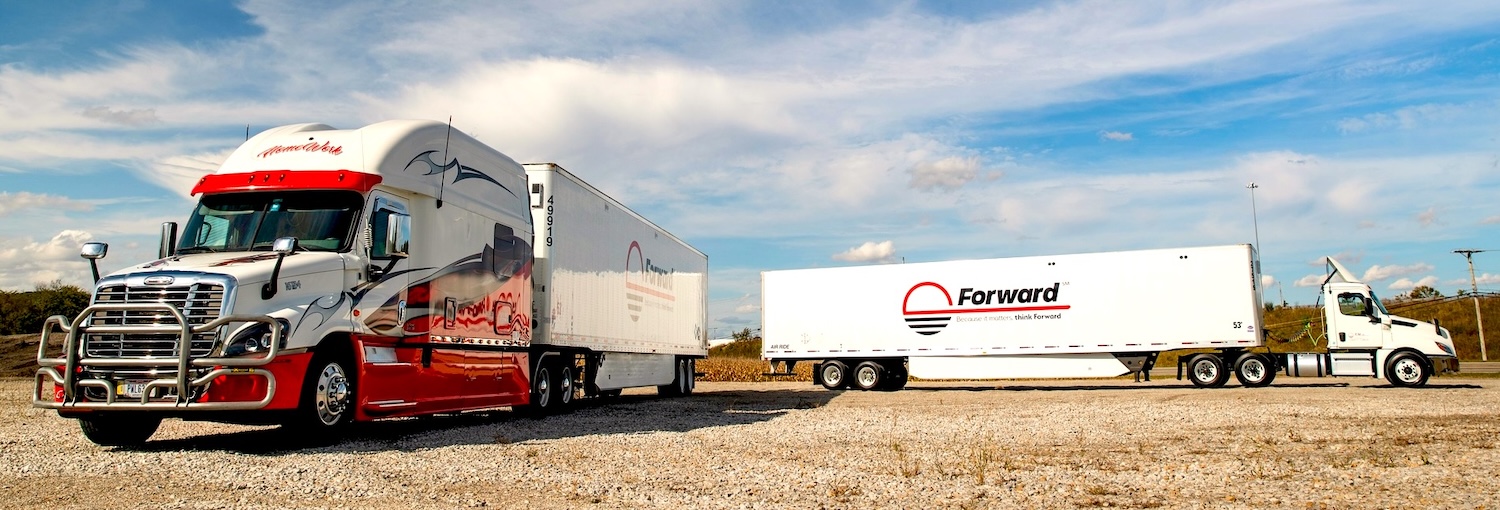
Founded in 1981
Headquarters: Greeneville, Tennessee
Annual Revenue: $2.52 billion+
Number of Employees: 6,300+
For over four decades, Forward Air has grown into a leading ground transportation solution and related shipping service provider. Although it started as an LTL firm focused on relieving dependency on air freight, it soon expanded its services to include Truckload, Intermodal drayage, Final Mile, and Brokerage.
It generates more than $2.5 billion in annual revenue and operates 6,700+ trailers through 200+ locations. In 2025, Forward Air secured a substantial agreement with a leading package delivery firm to handle over 15,000 expedited full truckload shipments annually, significantly boosting long-term revenue visibility.
The company continues to evolve its approach to air quality practices. Its LTL service, for instance, decreases carbon emissions as truck miles emit less carbon than air miles.
Fitch Ratings affirmed Forward’s Long-Term IDR at ‘B’ but downgraded the outlook to Negative, citing heightened execution risk amid integration and market uncertainty.
13. Roadrunner Transportation Systems
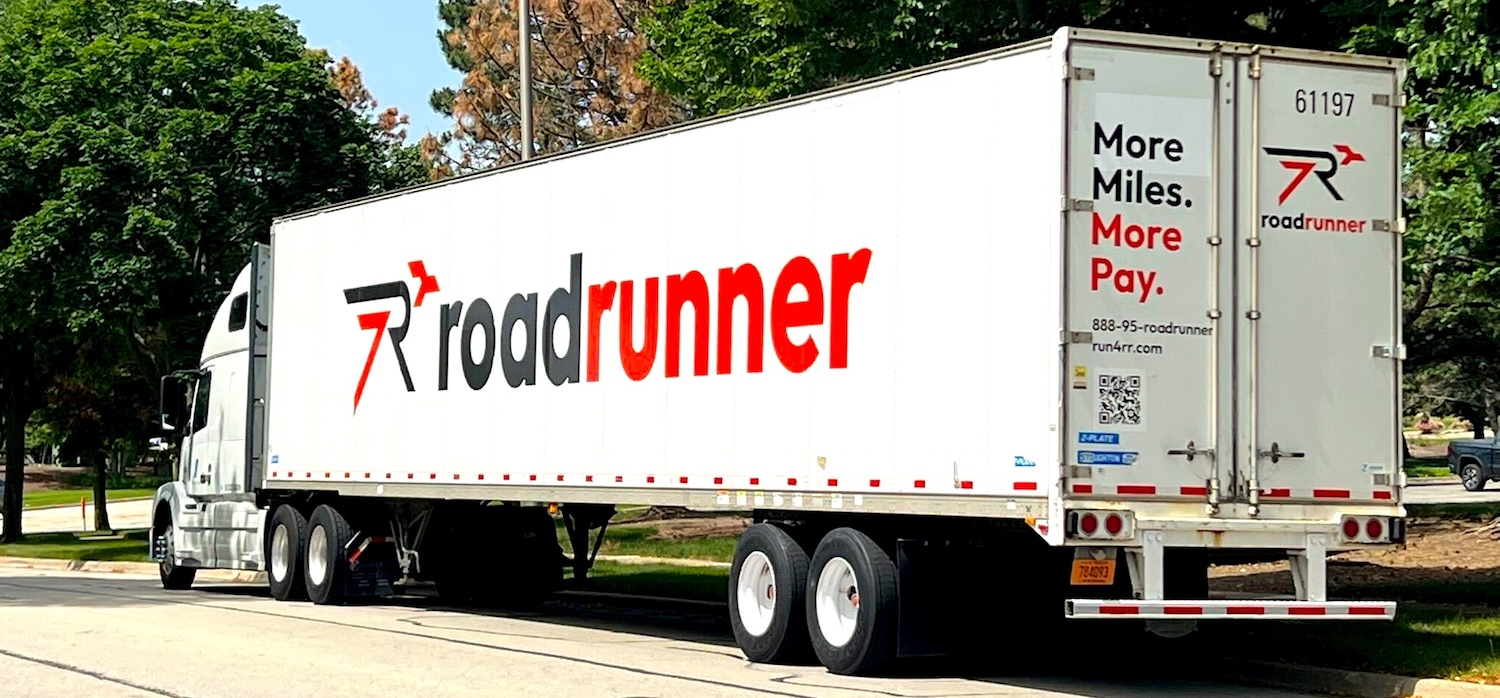
Founded in 1984
Headquarters: Downers Grove, Illinois
Roadrunner provides LTL, parcel, and intermodal truck freight delivery, along with air freight delivery services across the USA and Canada. It specializes in long-haul, metro-to-metro shipping.
Roadrunner’s network combines the elements of two models: a hub-and-spoke model and an origin consolidation style network. This helps them deliver goods more efficiently at competitive transit times.
Furthermore, they have partnered with other carriers, rail providers, and third-party logistics firms to provide reliable services in every major metro city in the United States.
In 2024, after extensive restructuring, Roadrunner was acquired by Prospero Staff Capital and is now focused on growth in the less-than-truckload (LTL) market.
In 2025, Roadrunner added 278 new lanes to its proprietary Smart Network, increasing direct metro-to-metro LTL coverage. They further expanded the network with over 100 additional lanes, including Guaranteed Lanes, pushing the total to 60+ guaranteed routes covering over 21,000 new miles.
Roadrunner has earned several accolades, the Platinum LTL Carrier Award from Echo Global Logistics, the Breakthrough Carrier Award from GLT Logistics, and the Elite Carrier Award from TQL. In the Mastio survey, the company topped its Customer Value Index, achieving a Net Promoter Score higher than industry peers like Old Dominion and Saia
12. Penske Logistics
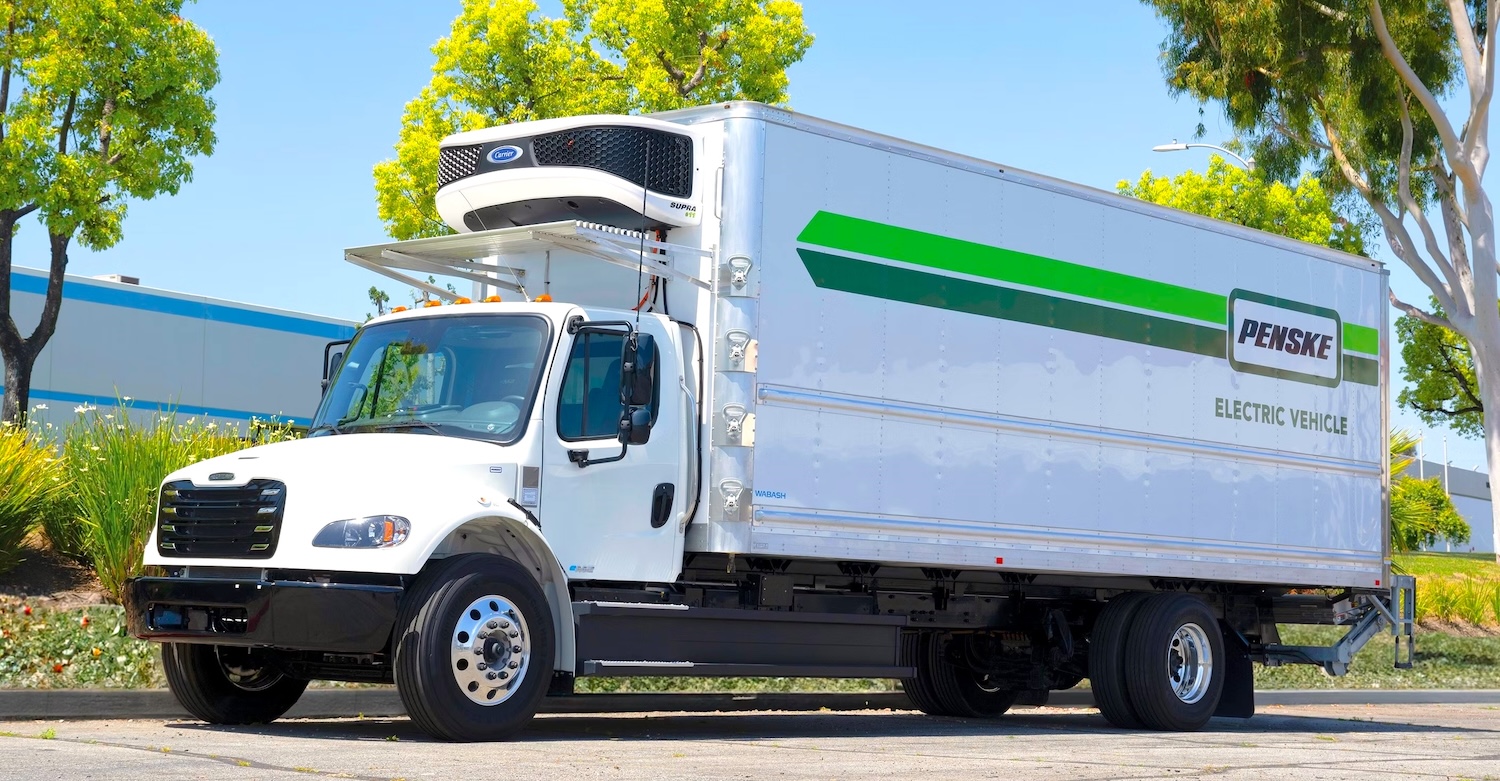
Founded in 1969
Headquarters: Reading, Pennsylvania
Annual Revenue: $7.8 billion+
Number of Employees: 11,100+
Penske Logistics provides chain management and logistics solutions to various industries, including food, beverage, automotive, retail, electronics, healthcare, and industrial manufacturing.
It is best known for its freight management and dry-van truckload services. It also offers customized supply chain and logistics solutions, such as dedicated contract carriage, distribution center management, and freight brokerage.
Penske Logistics has partnered with Snowflake to use AI and data platforms for real-time predictive analytics. The company processes about 190 million IoT messages from vehicle sensors every day, helping prevent over 90,000 roadside incidents and improving uptime with predictive maintenance.
In 2024, Toyota awarded Penske Logistics the Service Outbound Award for its strong support of automotive aftermarket supply chains. In 2025, Toyota North America honored the company with the Manufacturing Innovation Award, recognizing its dedicated contract carriage solutions for their creativity, efficiency, and cost savings.
11. Werner Enterprises
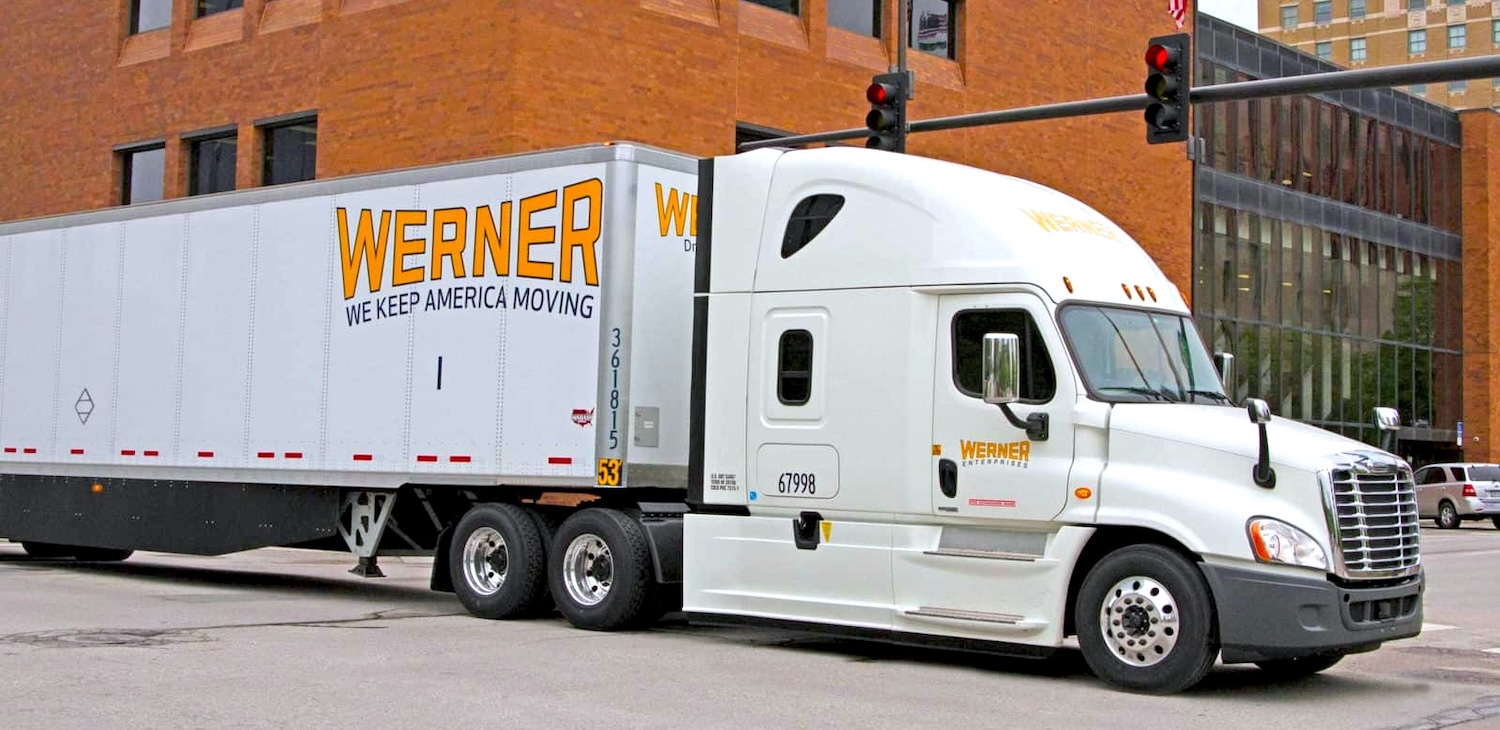
Founded in 1956
Headquarters: Omaha, Nebraska
Annual Revenue: $2.96 billion+
Number of Employees: 13,500+
Werner Enterprises provides a wide range of transportation and logistics services, including one-way truckload, expedited, cross-border, temperature-controlled, and custom solutions. It also offers freight management, truck brokerage, and final mile services.
The company has built a network of over 26,000 alliance carriers, which makes it easier for shippers to move goods across the world on time and safely. Werner also strengthens its intermodal network in the US, Mexico, and Canada with over 600 private assets and access to more than 88,000 rail containers.
They have been running a comprehensive preventative maintenance program for decades, facilitating minimal equipment downtime and maximum cargo capacity. Plus, they offer attractive freight opportunities to keep trailers full and drivers moving.
In 2025, the company was again named a Top 3PL & Cold Storage Provider by Food Logistics for the 9th consecutive year. It was also named a Green Supply Chain Partner by Inbound Logistics, marking the 13th consecutive year of recognition.
The company aims to achieve a 55% reduction in carbon dioxide emissions by 2035 through investments in renewable diesel, biodiesel, CNG engines, and battery-electric and hydrogen-powered trucks.
10. ArcBest
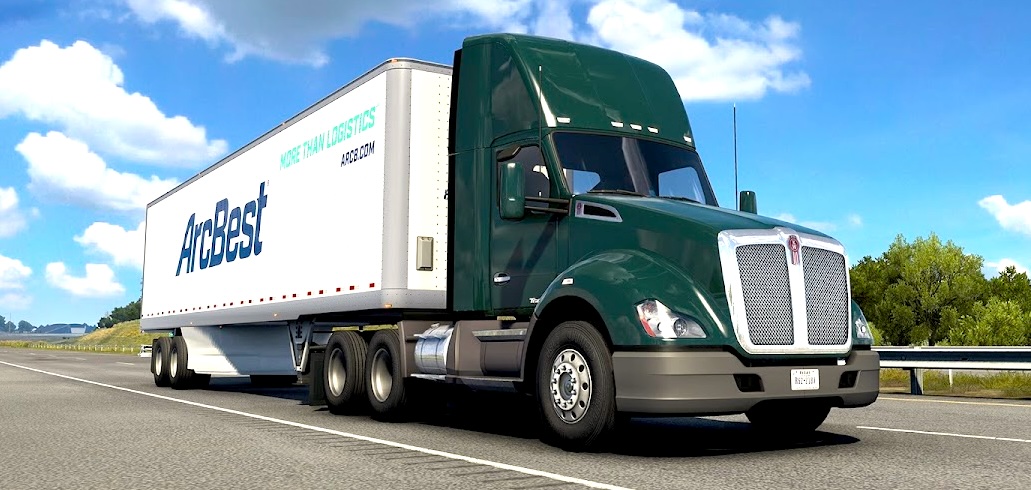
Founded in 1966
Headquarters: Fort Smith, Arkansas
Annual Revenue: $4.05 billion+
Number of Employees: 14,000+
ArcBest leverages its full suite of shipping and logistics solutions to meet customers’ requirements every day, without fail. Their services can be grouped into four categories:
- Freight shipping solutions
- Supply chain optimization
- Premium logistics
- Moving services
The company (and its subsidiaries) operates more than 245 facilities in North America. It operates a broad logistics network with 105,000+ approved truckload carriers and its own fleet of 800 dry vans, 250 flatbeds, 300 refrigerated trailers, and 1,200 rail vans and containers.
The major reason behind their success has been their long-term strategies. They always try to identify industry trends, analyze emerging technologies, and utilize data and analytics to build efficient systems for complex supply chains.
Over the past two decades, ArcBest has acquired several companies, solidifying its position in the $100 billion+ domestic transportation management market.
9. Old Dominion Freight Line
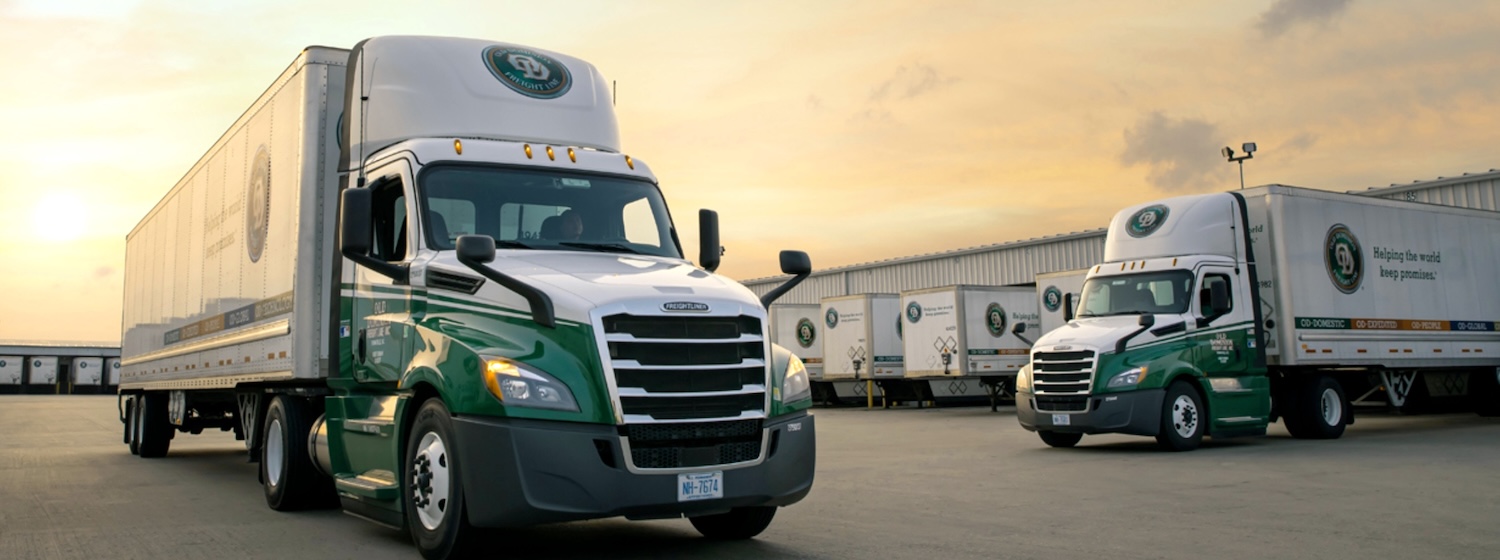
Founded in 1934
Headquarters: Thomasville, North Carolina
Annual Revenue: $5.63 billion+
Number of Employees: 21,000+
Old Dominion is an inter-regional and national less-than-truckload (LTL) corporation that offers various logistics and household moving services. It operates more than 250 facilities throughout the continental United States.
Their services include on-demand deliveries, guaranteed delivery windows, and expedited air freight. With a 99.1% on-time delivery rate and an exceptionally low damage claim rate, the company has consistently lived up to its reputation for over eight decades.
They use load planning, routing systems, and advanced telematics in vehicles to ensure goods are delivered safely and cost-effectively. Customers can also track shipments anytime through user-friendly apps and web portals.
Old Dominion invests about $12 million each year in technology to make transportation safer and more efficient. In 2025, the company planned to spend $575 million on its less-than-truckload (LTL) network to strengthen infrastructure and improve service quality.
8. Schneider National
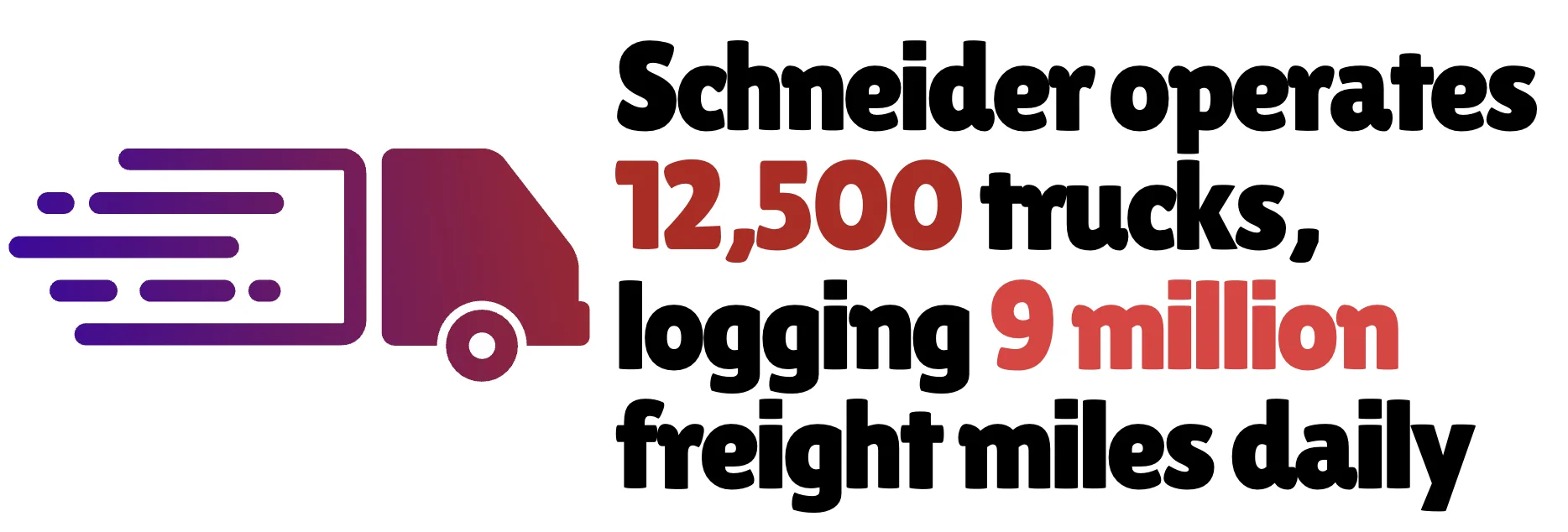
Founded in 1935
Headquarters: Green Bay, Wisconsin
Annual Revenue: $5.47 billion+
Number of Employees: 19,400+
Schneider National is a premier provider of transportation and logistics services with the broadest portfolio in the industry. Its services include Long-Haul Truckload, Expedited, Intermodal, Warehousing, Brokerage, Supply Chain Management, and Port Logistics.
The company moves over 19,300 loads and covers 9.1 million freight miles every day, using more than 16,300 tractors, 16,700 trailers, and 27,000 intermodal containers. Safety is a top priority, and the company employs over 6,400 drivers who have each driven more than 1 million miles. Around 14% of these drivers have military experience.
Schneider serves more than 65% of Fortune 500 companies. They have collected numerous awards over the past couple of decades, including Inbound Logistics’ Green Supply Chain Partner Award, the FreightTech 100 award, and several top carrier of the year awards from clients such as P&G.
They have launched one of the largest EV truck fleets in the US, with 92 Freightliner eCascadias and a dedicated electric charging depot in Southern California capable of charging 32 trucks simultaneously.
Schneider continues shifting from volatile network freight toward more stable, high-margin contracts. Today, 70% of Truckload volume is from dedicated contracts, up from only 33% in 2017. Revenue is also more balanced, with the top 10 customers making up 24% of total revenue, down from 30% in 2017.
7. Saia
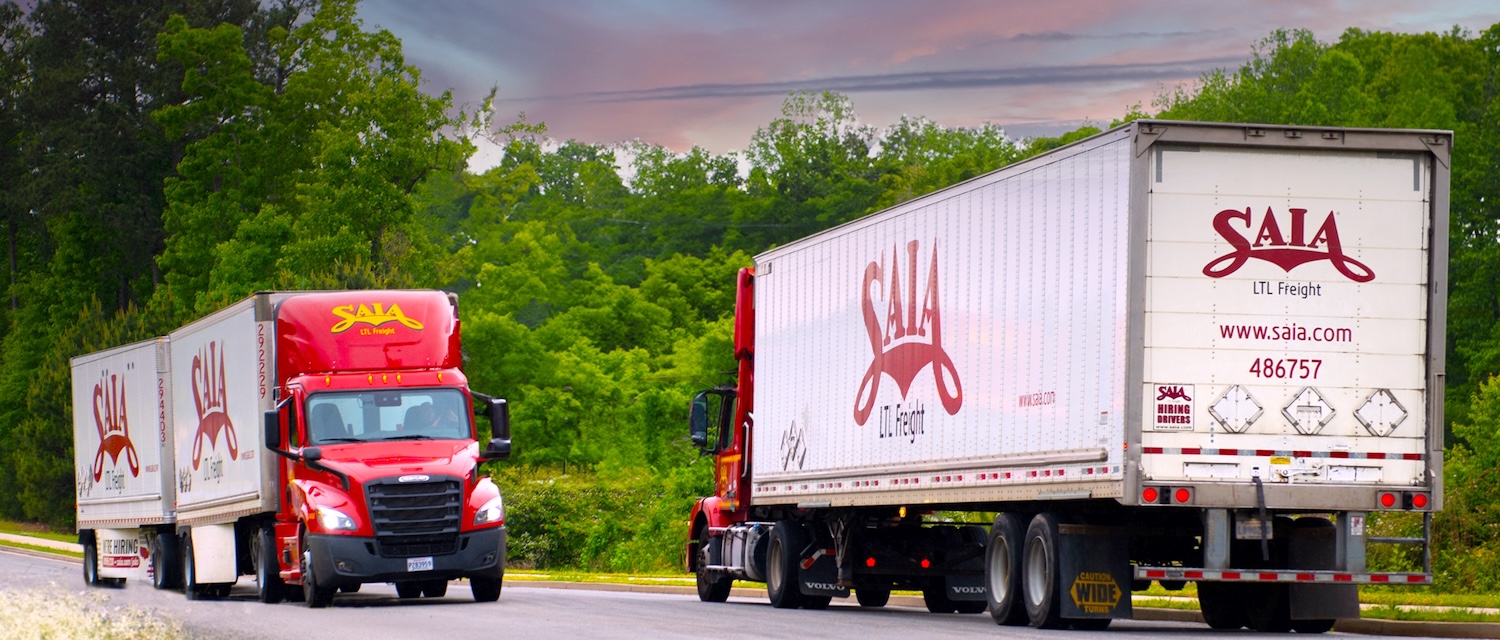
Founded in 1924
Headquarters: Johns Creek, Georgia
Annual Revenue: $3.23 billion+
Number of Employees: 15,300+
Begun in 1924, Saia’s first ‘truck’ was a family car with the rear seats removed. The company continued to expand, opening multiple terminals throughout Texas and Louisiana.
Within 40 years of its establishment, Saia became one of the largest regional LTL carriers in the United States. By the mid-1980s, it had 23 terminals across the Southeastern states, about 1,000 employees, and over $50 million in revenue. Further acquisitions and mergers with other firms enabled Saia to offer a range of services in 36 states.
Today, it operates over 185 terminals across the country, employs more than 12,000 people, and handles more than 35,000 shipments daily. Their network has become large enough to efficiently provide services in Canada, Mexico, Alaska, Hawaii, and Puerto Rico.
Over the past five years, Saia has invested approximately $2 billion in infrastructure, technology, and its workforce. Technology spending alone jumped to $64 million in 2024, up from the usual $33–$37 million in earlier years.
6. Landstar System
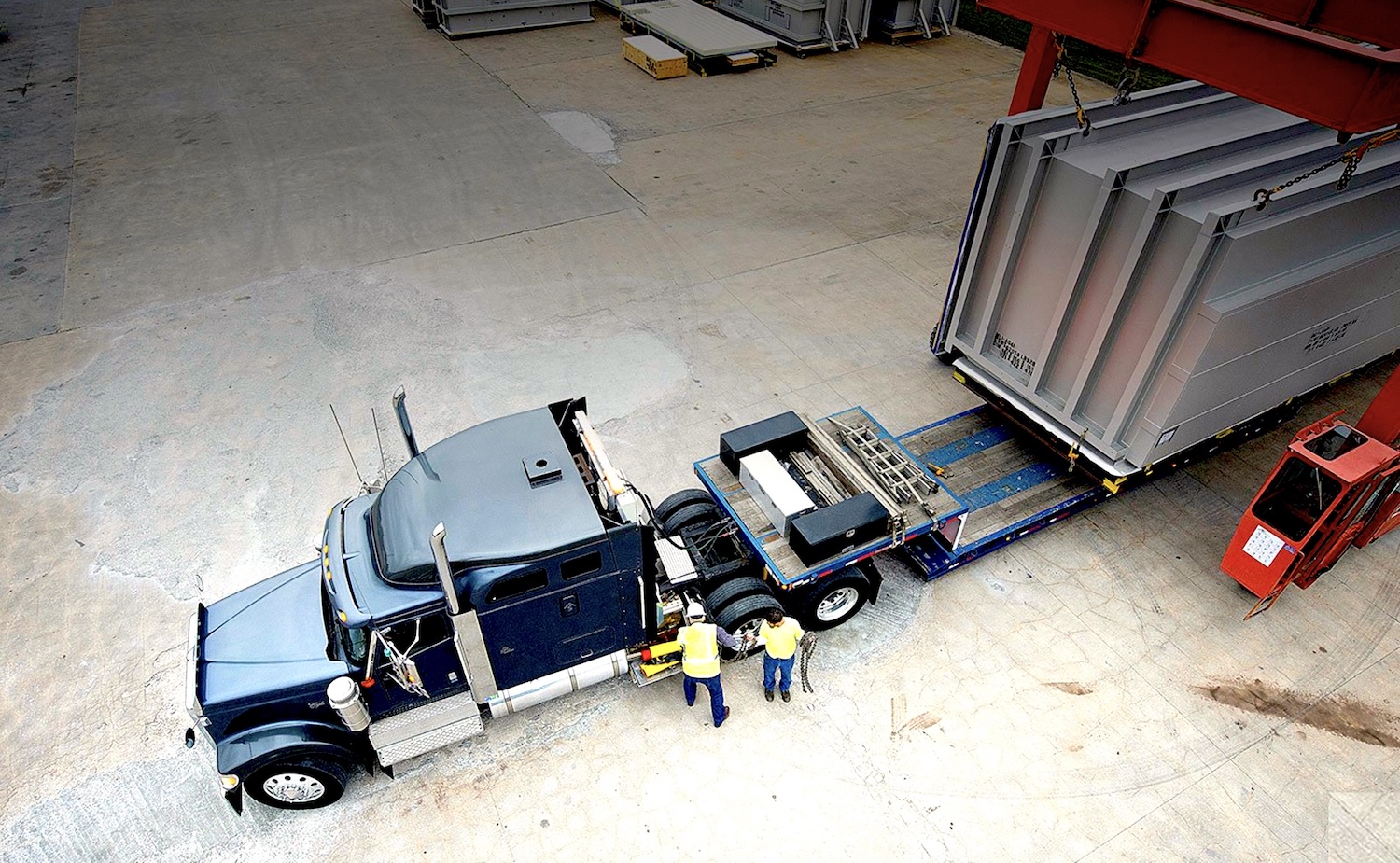
Founded in 1968
Headquarters: Jacksonville, Florida
Annual Revenue: $4.8 billion+
Number of Employees: 1,400+
Landstar System provides safe, secure, and reliable transportation services. Instead of owning large fleets like traditional logistics companies, it follows an asset-light model. The company relies on a wide network of independent agents, leased owner-operators, and third-party capacity providers to serve its clients.
More specifically, they have partnered with 1,200 agents, 11,000+ owner-operators, 17,500+ trailers and trailing equipment, and 102,000 truck capacity providers.
The company heavily relies on technology to coordinate freight shipments. They have developed a mobile app, LandstarOne, which allows capacity providers to find and set Load Alert notifications.
Landstar has also built a proprietary system for agents so they can access real-time data and identify trends in their customers’ businesses. This helps agents provide better services to customers.
In 2025, Landstar was named an Inbound Logistics 75 Green Supply Chain Partner for the third year in a row. Its sustainability efforts include equipping 99.97% of van trailers with aerodynamic devices and upgrading over 99% of van trailers with rechargeable or solar-powered tracking devices.
5. Knight-Swift

Merged in 2017
Headquarters: Phoenix, Arizona
Annual Revenue: $7.4 billion+
Number of Employees: 35,300+
In 2017, Knight Transportation and Swift Transportation merged to form Knight-Swift Transportation Holdings Inc. It is now among the five largest trucking companies in the United States, operating with over 23,000 tractors and 77,000 trailers, and employing more than 35,300 people.
The company serves a broad range of clients in various industries throughout the US, Canada, and Mexico. Its most popular services include cross-border freight transportation, temperature-controlled transport, engineering services, equipment leasing, consulting, brokerage, and fleet solutions.
Knight-Swift also runs employee development programs, which include about 1,400 training courses. More than 30,000 individual learners have completed these courses, and about 9,500 participants enroll in the driver pre-hire safety training program every year.
In 2025, the company partnered with Netradyne to equip 15,500 trucks with Driver+i D-450 and D-215 AI-powered dash cameras. These cameras provide real-time audio alerts, support self-coaching, and help prevent accidents.
4. J. B. Hunt
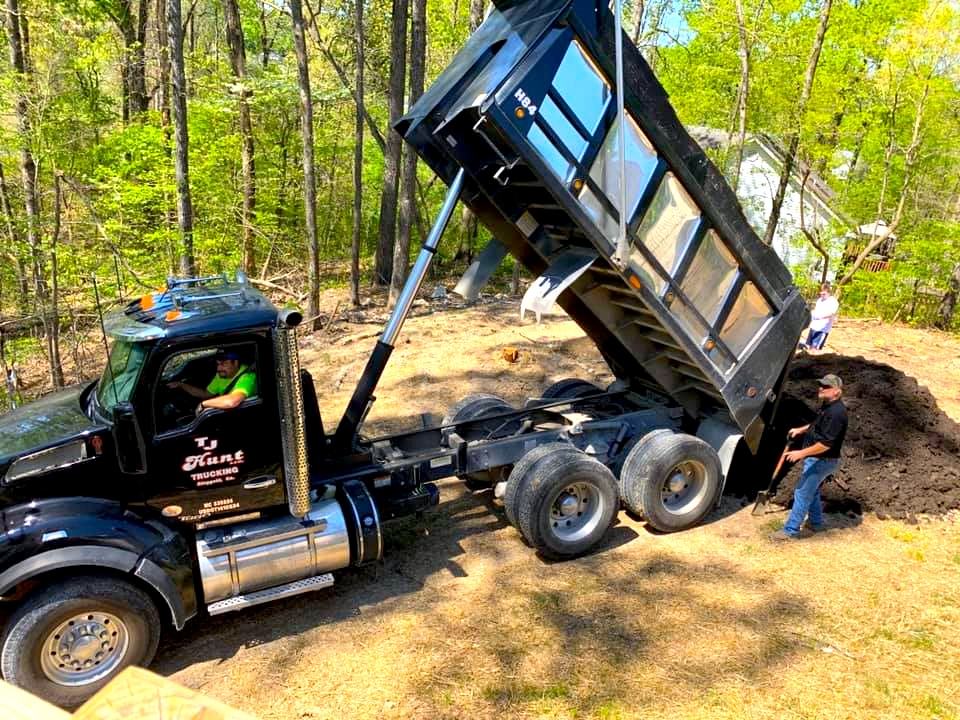
Founded in 1961
Headquarters: Lowell, Arkansas
Annual Revenue: $12.06 billion+
Number of Employees: 33,650+
Founded by Johnnie Bryan Hunt and his wife, Johnelle, J.B. Hunt went public in 1983. By that time, it had become the 80th largest trucking company in the United States. With approximately 1,050 employees, the company operated over 550 tractors and more than 1,000 trailers.
Fast forward to this decade, J.B. Hunt employs more than 33,000 people and operates 31,000+ trucks. Their fleet contains over 150,000 trailers and containers. They have also added multiple Tesla electric trucks as well as all-electric box trucks to their fleet.
The company heavily relies on technology to make operations more efficient. For instance, it utilizes load optimization software tools to minimize greenhouse gas emissions and empty miles for drivers. They have developed an app to provide essential load data and other valuable information for effective communication between drivers and supportive teams.
J.B. Hunt has received the SmartWay Excellence Award (from the United States Environmental Protection Agency) more than ten times. In 2025, it became the only road transportation company added to the North America DJSI, joining the top 20% of North American companies on ESG performance.
3. XPO Logistics
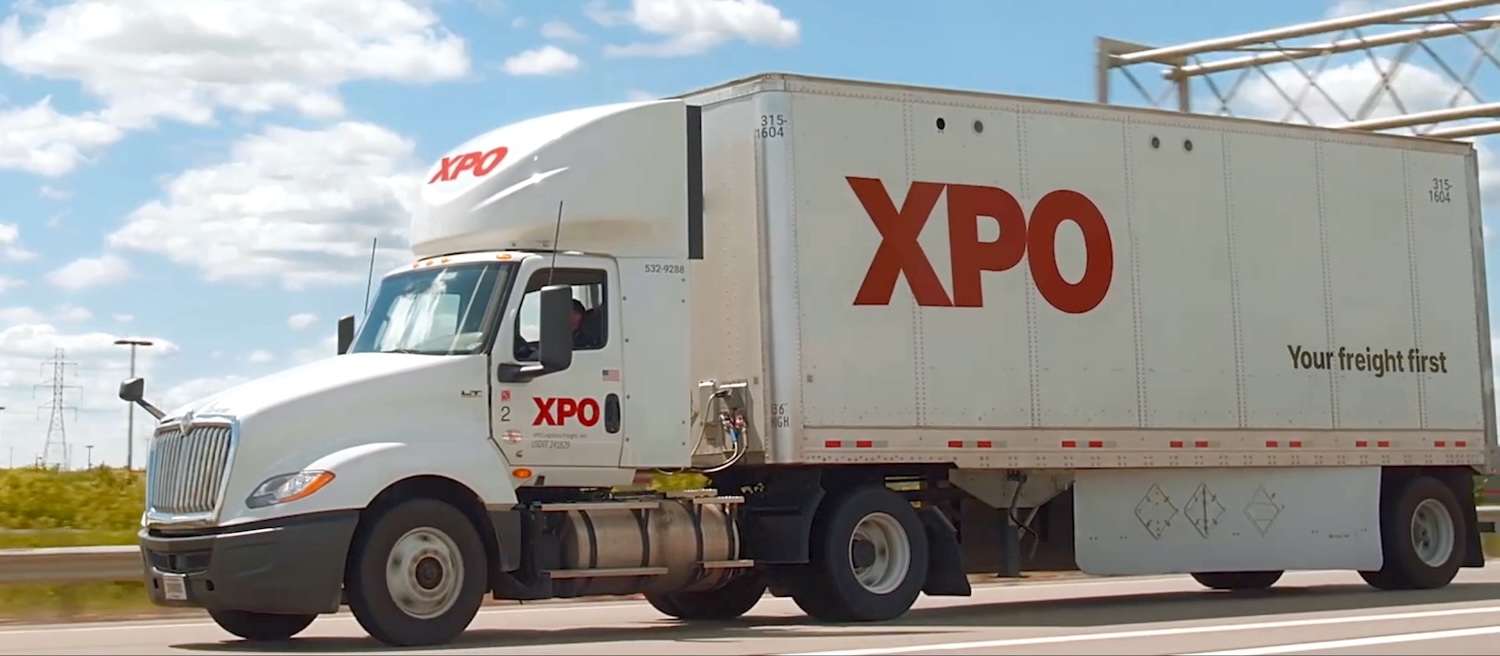
Founded in 1989
Headquarters: Greenwich, Connecticut
Annual Revenue: $8 billion+
Number of Employees: 39,000+
XPO Logistics provides less-than-truckload (LTL) services to the most successful companies in the world. It covers almost all US zip codes through a single source, plus Mexico, Canada, and the Caribbean.
The company builds its own trailers at an in-house facility (in Arkansas) and trains new drivers at 130 locations. They continually add new terminals and expand existing sites. At present, it is among the five largest LTL providers in North America and a leading LTL company in Western Europe.
Unlike most other trucking companies, XPO employs data scientists and IT professionals who work on machine learning, automation, predictive analytics, workforce planning, route and load optimization, workforce planning, and pricing algorithms.
The company has built its own AI tools to improve efficiency and boost network productivity. Dynamic route optimization has increased stops per hour by 2.4% while cutting fuel waste. AI-powered load building has reduced damage costs by 15%. Its digital freight marketplace, XPO Connect, now automates 99.7% of load matching, lowering costs by another 15% and making operations more efficient.
With more than 33 years of experience and 18 billion pounds of freight moved every year, XPO knows how to keep its 52,000+ clients happy.
2. FedEx
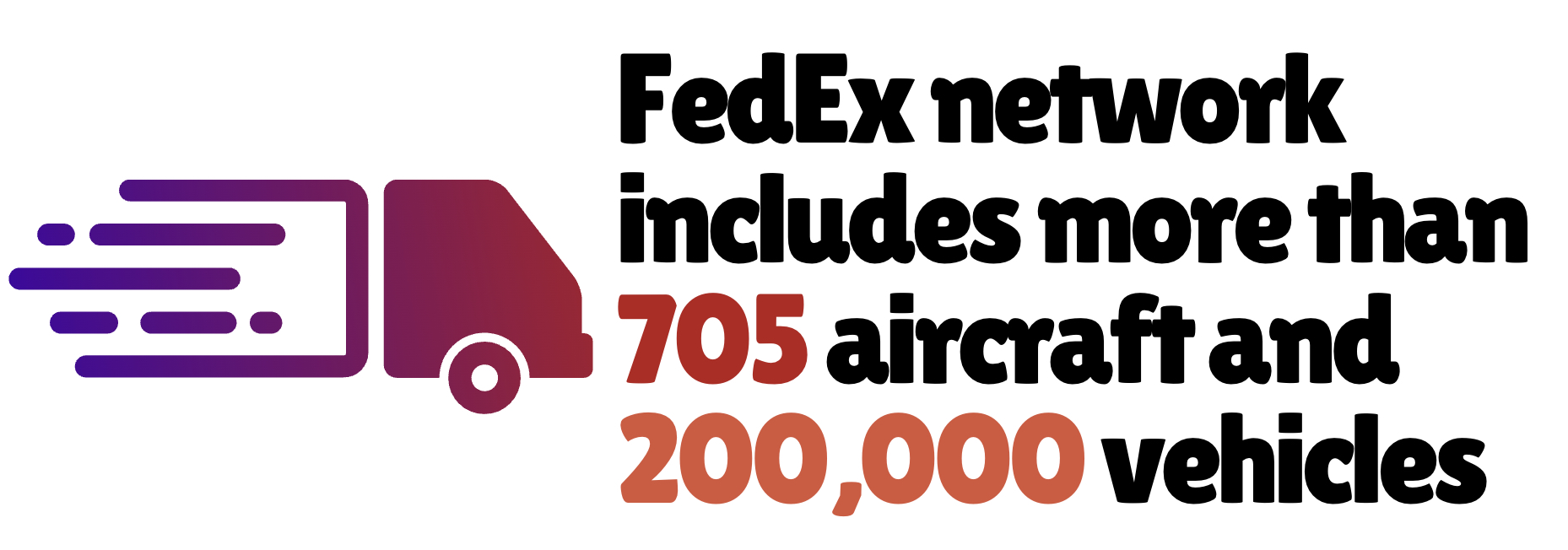
Founded in 1971
Headquarters: Memphis, Tennessee
Annual Revenue: $87.9 billion+
Number of Employees: 510,000+
Founded in 1971 (as Federal Express Corporation), the company delivered 186 packages on its first day of operation. Today, it delivers millions every day all across the world.
FedEx focuses on e-commerce, transportation, and business services. It is popular for its air delivery service named FedEx Express — one of the first large shipping corporations to provide overnight delivery.
The company has multiple subsidiaries, such as FedEx Office, FedEx Ground, FedEx Freight, FedEx Logistics, FedEx Dataworks, and more. Each has special strengths and capabilities, from delivering to over 220+ countries to providing effective supply chain expertise and building advanced tech solutions.
FedEx Freight, in particular, is the largest LTL freight carrier in the United States, generating over $9.3 billion in annual revenue.
The company is among the top contractors of the United States government and transports US Postal Service packages (via Air Cargo Network contract) on a large scale.
In 2025, FedEx signed a multi-year deal with Amazon to deliver large residential packages such as furniture and TVs. In India, it partnered with IIT Madras to launch the FedEx SMART Centre, focusing on research in supply chain modeling, algorithms, and logistics technology.
To expand in AI and robotics, FedEx invested in Nimble, an AI robotics company, to improve automation in fulfillment and e-commerce logistics. The company is also investing $2 billion in sustainable energy projects to reach carbon-neutral operations by 2040.
1. United Parcel Service

Founded in 1907
Headquarters: Sandy Springs, Georgia
Annual Revenue: $90.31 billion+
Number of Employees: 490,000+
United Parcel Service (UPS) is best known for its ground shipping services and the UPS Store that facilitates shipments and offers tools for small businesses.
The company has a large portfolio of assets, supporting ground, domestic, air, international, residential, and commercial services through a single pickup and delivery network.
In the United States, UPS offers a full spectrum of guaranteed ground and air package transportation services. The ground fleet, in particular, serves all residential and business zip codes in the contiguous US.
Every day, it delivers packages to over 1.7 million shipping customers and 11.9 million delivery customers worldwide.
The company operates more than 120,000 delivery vehicles, ranging from tractor-trailer trucks to bicycles. It uses different sizes and designs, based on the package volume and routes. For lower-volume delivery routes, the company uses production-based vehicles like Dodge Grand Caravan C/V, Ford Transit, or Ford Transit Connect. They are also investing in electric vehicles these days.
In 2025, UPS acquired Canada’s Andlauer Healthcare Group for $1.6 billion, enhancing its cold-chain and healthcare logistics capabilities across 9 distribution centers and 22 branches. It also acquired Frigo-Trans and Biotech & Pharma Logistics in Europe to strengthen its healthcare logistics presence.
Moreover, UPS was the first company to receive the FAA’s Part 135 Standard certification. This means the company has the license to operate an unlimited number of drones of any size.
More to Know
What role do these trucking companies play in the supply chain?
These companies transport goods from manufacturers, distribution centers, and ports to various destinations, including businesses, retailers, and consumers throughout the United States. Their roles include:
- Long-haul transportation: Carrying goods across states and even cross-country
- Regional and local distribution: Offering regional and local deliveries, including last-mile delivery
- Intermodal transport: Coordinating goods across various transport modes (trucks, trains, ships) to improve efficiency
- Logistics and warehousing: Providing services like inventory management and order fulfillment.
- Supply chain efficiency: Ensuring goods arrive on time (in good condition and with minimum disruption).
How big is the trucking industry in the United States?
In the USA, trucking is responsible for most of the overland freight movement. Its market size is over $1.1 trillion, and is projected to exceed $1.8 trillion by 2030. This includes the transportation of goods (via road) from manufacturing plants to distribution centers, the transportation of building materials to construction sites, and the transportation of waste in the construction industry.
Who is the wealthiest family in the trucking and logistics industry?
With a net worth of over $39 billion, the Kühne family, particularly Klaus-Michael Kühne, is among the richest in the trucking and logistics sector. He is the majority owner (53.3%) and chairman of the international transport company Kühne + Nagel.
Are there any regional differences in the trucking industry?
Of course. The dynamics of the trucking industry vary significantly depending on the region. For example,
The West Coast region typically experiences high volumes of imports and exports due to its proximity to major ports. Trucking companies in this region specialize in port logistics and transcontinental transportation.
Similarly, trucking companies in the Midwest region (central location) may focus on long-haul and intermodal transport. Trucking companies in the Northeast region (which contains congested urban areas) specialize in last-mile delivery and navigating complex city logistics. Companies in the Southwest region specialize in international transport and logistics.
In general, regional differences are majorly influenced by industry sectors, population density, and geography, and they can impact services and strategies employed by trucking firms.
Common challenges faced by trucking companies
While trucking companies face dozens of challenges on a daily basis, the most common ones include
- Driver shortages
- Ongoing changes in regulations, such as hours of service rules and safety standards
- Pressure to reduce emissions and environmental impact
- Keeping up with rapidly evolving technology, from electronic logging devices to advanced telematics
- Supply chain disruptions
- Fluctuations in fuel prices and trade policies
Freight trucking Market size
According to the Allied Market Research report, the global freight trucking market size will exceed $4.4 trillion by 2031, growing at a CAGR of 5.1%.
The major factors behind this growth include increasing demand for door-to-door transport, expansion of the e-commerce industry worldwide, rise in urbanization, and advances in fleet management systems. Modern trucks with telematics and enhanced safety tools can get live traffic updates, track loads, offer smart routing, and call roadside assistance during a breakdown.
Why you can trust us?
We thoroughly analyzed the 30 biggest trucking companies in the United States. It took more than 30 hours to do the comprehensive research, after which we decided to shortlist the top 17 corporations based on their fleet size, annual revenue, number of employees, as well as market capitalization (for public companies).
We DO NOT earn commission from any of the listed companies. Moreover, we have two separate editors who have no influence over our listing criteria or recommendations.
Read More

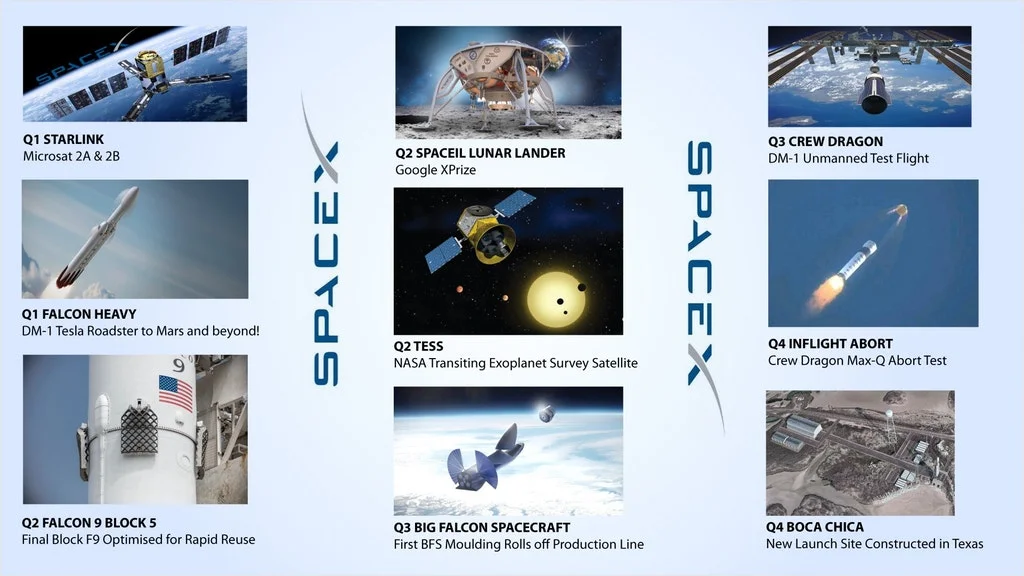
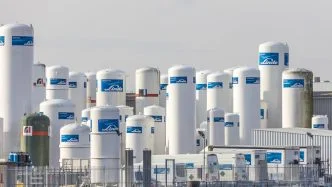
Hi I am very interested to come join your team, I have dream to be a truck driver, though work as a loans officer Team Leader in one of the Finance companies in my country and would like your email address and contact details so I can able to come live in USA and work.
I would like to ear from you soonest.